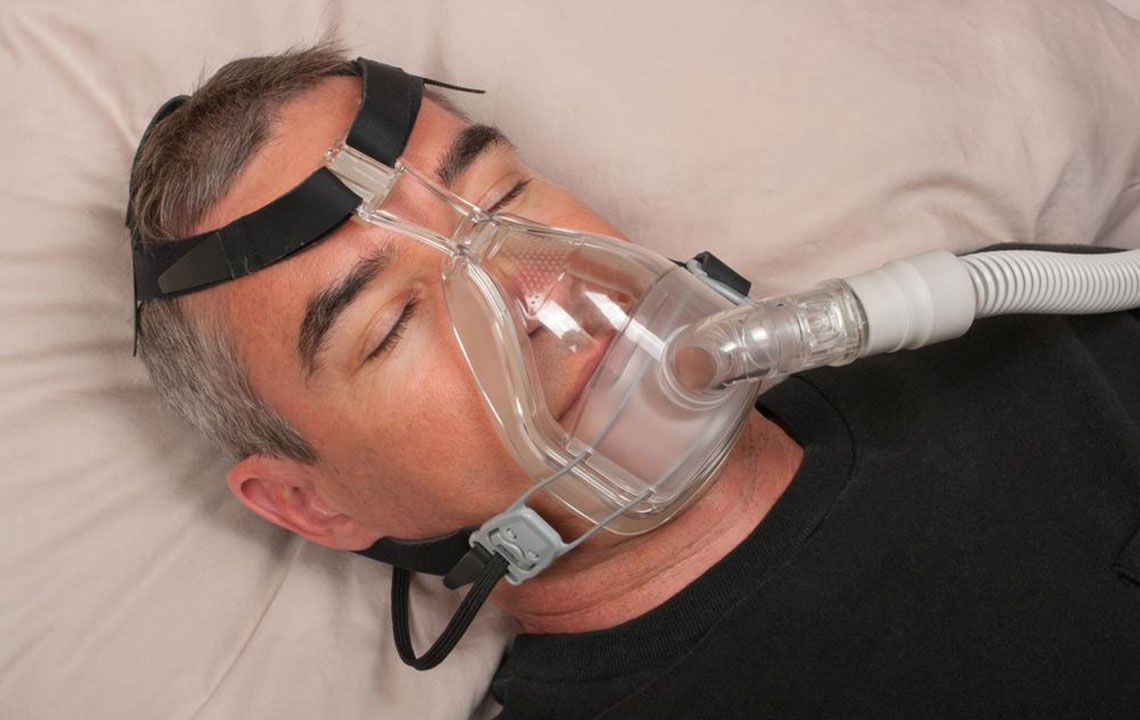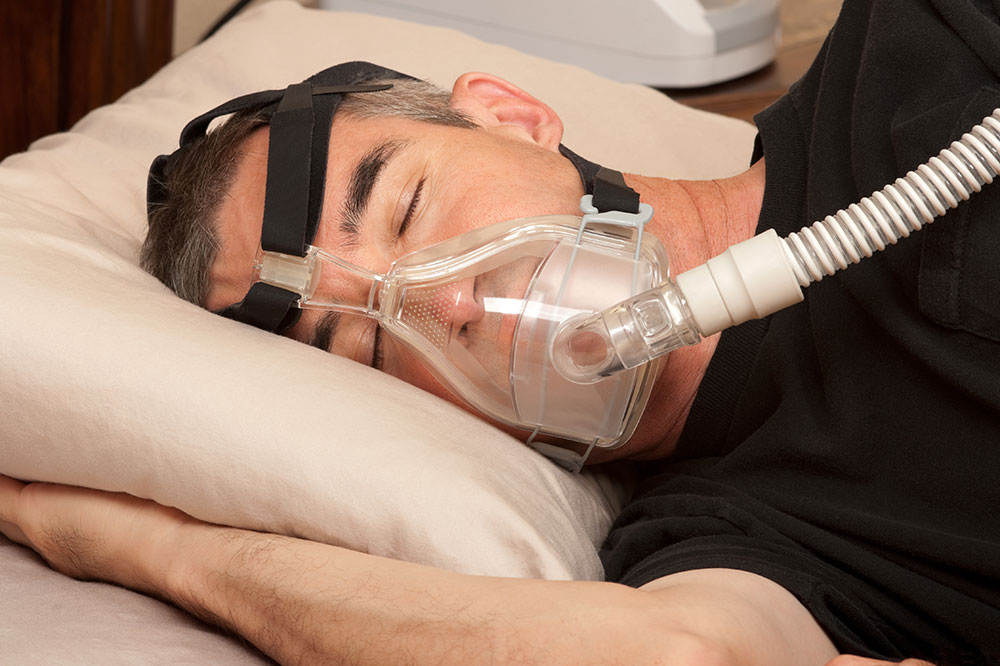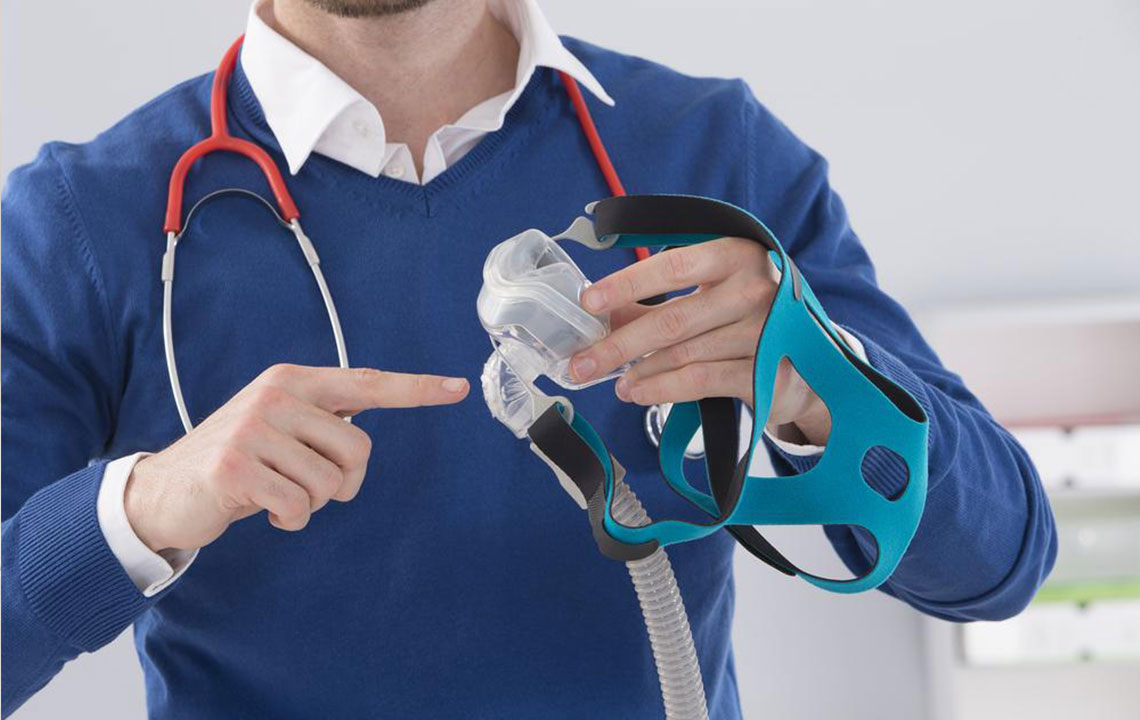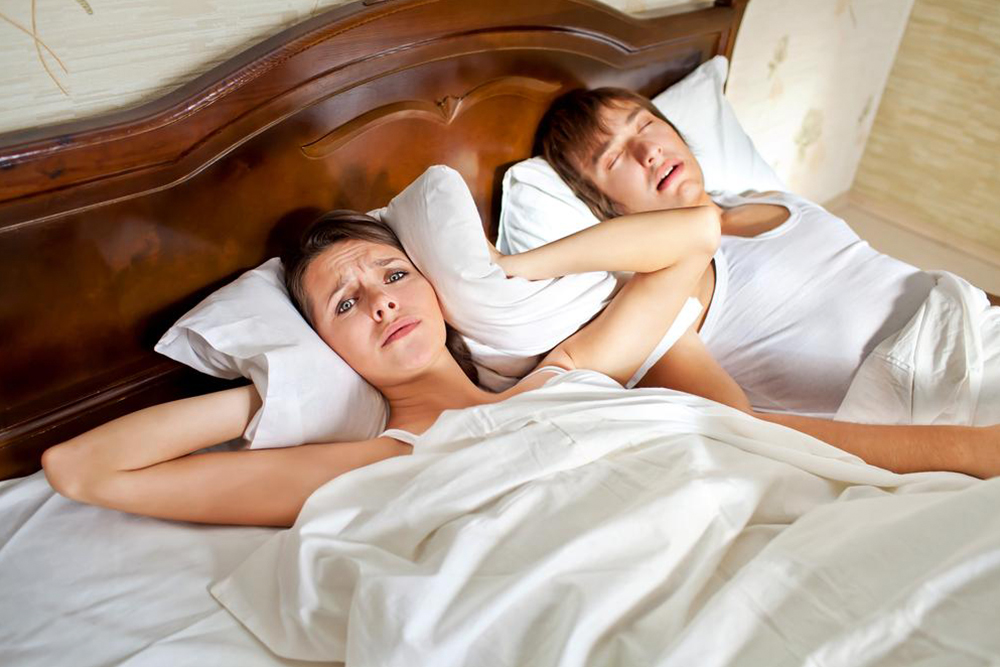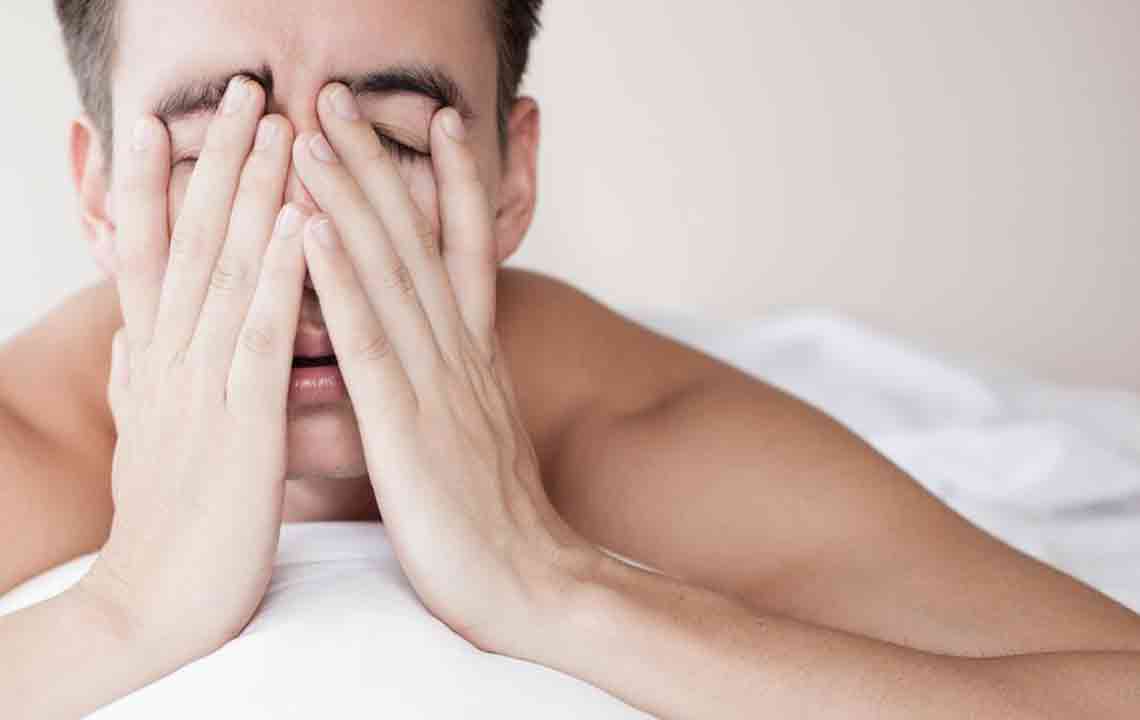Effective Alternatives and Top Options for Managing Sleep Apnea
Explore a range of effective alternatives to traditional CPAP therapy for sleep apnea management. From dental devices and positional therapy to advanced machines like BiPAP and ASV, learn about personalized options that can improve sleep quality and overall health. Cost considerations and patient compliance are also addressed to help you find the most suitable treatment plan. Consult with your healthcare provider to determine the best approach tailored to your needs and ensure safe, effective management of obstructive sleep apnea.
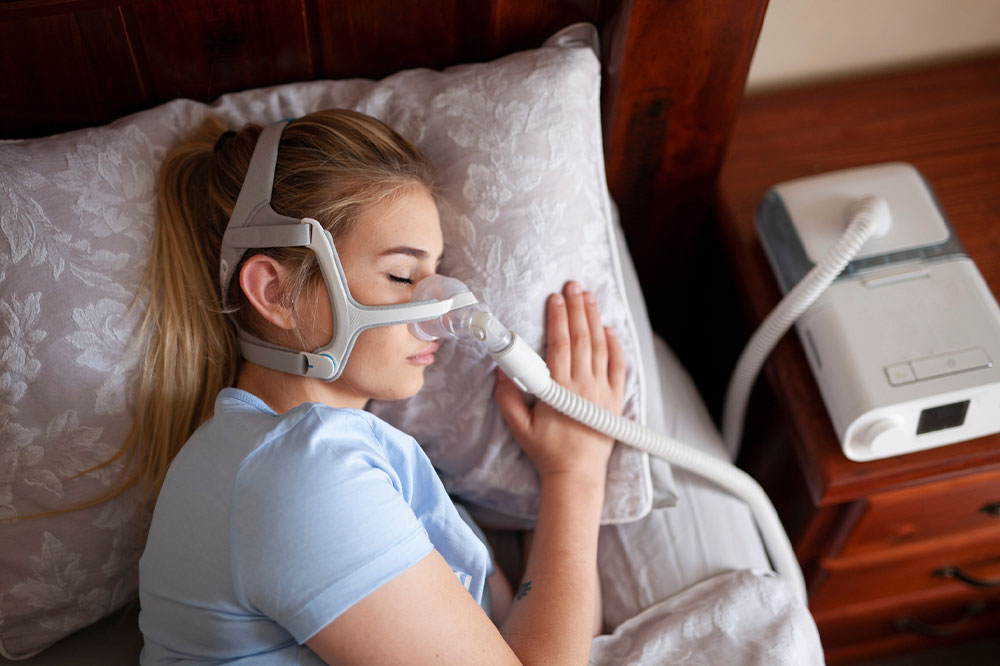
Effective Alternatives and Top Options for Managing Sleep Apnea
Continuous positive airway pressure (CPAP) devices are the standard treatment for sleep-disrupting conditions like obstructive sleep apnea (OSA). A typical CPAP setup includes a mask covering the nose or both nose and mouth to deliver pressurized air, keeping the airway open during sleep. While CPAP machines are known to enhance sleep quality and reduce cardiovascular risks, some patients find them challenging to tolerate. Here are leading alternatives and options available for managing sleep apnea effectively.
Understanding CPAP Therapy
CPAP therapy involves breathing in air at slightly higher than ambient pressures to prevent airway blockage. Advances in technology have introduced features such as automatic pressure adjustments, gradual pressure increase, and exhalation relief, making therapy more comfortable. Despite its efficacy, some patients experience difficulty maintaining the therapy.
Alternative Treatments Beyond CPAP
Although CPAP remains the most effective approach for moderate to severe OSA, various alternatives exist for patients who struggle with it. Many individuals are classified as "CPAP non-compliers" and seek other methods to manage their condition. Each patient’s needs are unique, leading to personalized treatment plans.
Provent Therapy - Nasal Valve Device
This innovative approach involves inserting a small valve into each nostril, secured with tape. During exhalation, the valve offers resistance, helping keep the airway open and promoting smooth breathing. While portable and disposable, insurance coverage for Provent varies and may not be widely available.
Oral Devices and Dental Solutions
Specialized dental practitioners offer oral appliances, such as mouthguards, to help maintain airway patency. These devices position the jaw forward and keep the tongue in place, reducing instances of airway blockage during sleep.
Sleep Position Optimization
Sleeping on one's back, or supine position, can worsen sleep apnea symptoms because the tongue and throat tissues may block airflow. Switching to sleeping on the side is recommended to lessen apnea episodes. Some devices vibrate or alert users when they sleep on their back, but consistency and comfort remain challenges.
BiPAP - Bilevel Positive Airway Pressure
Similar to CPAP, BiPAP provides two pressure levels: a higher one during inhalation and a lower one during exhalation. It is especially useful for individuals with other respiratory issues like COPD or those who find standard CPAP intolerable. Consulting a sleep specialist can help determine if BiPAP suits your needs.
Adaptive Servo-Ventilation (ASV)
ASV devices monitor breathing patterns and adjust airflow accordingly, often used for complex sleep apnea cases. These machines, including VPAP models, can deliver varying air pressures tailored to your respiratory needs, improving comfort and effectiveness.
Maxillomandibular Advancement via MME
For patients with jaw abnormalities affecting airway size, surgical options like maxillomandibular expansion (using orthodontic and surgical procedures) can enlarge airway space and reduce apnea frequency.
Choosing the Right Alternative for Sleep Apnea
Factors influencing treatment choice include cost, compliance, and personal comfort. CPAP devices typically start at around $250 but can exceed $1,000, with insurance often requiring rental arrangements and strict adherence requirements—using the device at least four hours per night, 70% of nights.
Note:
The insights provided here aim to guide individuals with sleep apnea in exploring their treatment options. While research and data support these alternatives, consulting healthcare professionals for personalized recommendations is crucial. Our content is informational and not a substitute for medical advice. Variations in coverage, device effectiveness, and individual response can influence treatment success.

